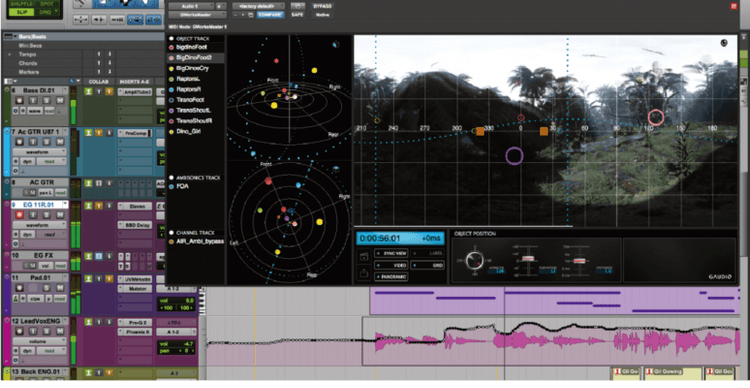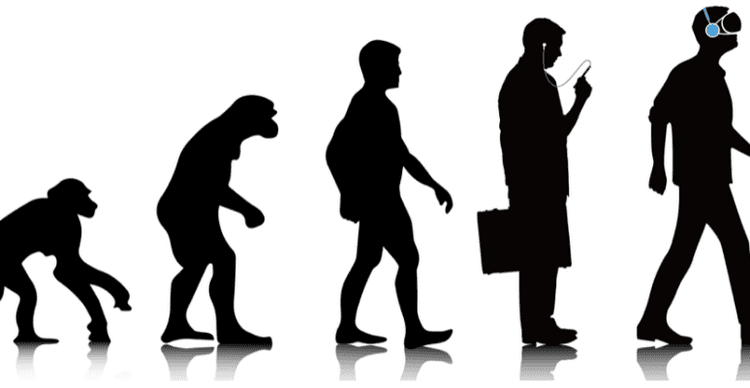3D Audio is the Hottest Opportunity in VR, Here’s Why
3D Audio is the Hottest Opportunity in VR, Here’s Why
Increased Consumer Interest and A Higher Standard for Immersion
When people watch content via a traditional medium like a TV or a theater, the screen in front of them represents a virtual world. There’s a separation between the real and virtual world, which makes it difficult for some viewers to remain engaged with the content. Through VR, however, people can isolate themselves completely from the real world, and when that happens, the entire adventure becomes incredibly visceral. “Being there” is the whole allure of VR, so sounds must be 3D to support the immersive nature of the experience. Sound spatialization consists of placing positional data to sound sources and gives the listener the impression of a sound source within a 3D environment. When the team at Gaudio Lab, a leading spatial audio company, showcases two different demos — one with spatialized audio and one without — they notice a common pattern of reactions. After taking off the headset, people profess “The spatialized one felt so real” or “I didn’t know that audio made such a big difference.” The hunger for spatial audio becomes insatiable once consumers experience it at least once. There’s no going back.
Powerful New Tools and Revenue Streams for Content Creators
One exciting opportunity for 3D audio centers around live concerts and sporting events. With VR, content creators can overcome physical limitations to serve the audience by reproducing and redistributing live events. But the true seduction of VR is the power to create experiences that could never exist in the real world. Why sit in the nosebleeds of a concert when you can be on-stage in VR, inches away from your favorite artist? As more fans engage with performances that way, it’s not crazy to think that 3D audio could lead to entirely new musical styles, potentially disrupting the music industry. When music is delivered in stereo formats, the sonic experience is shackled by the finite quantity of loudspeaker placement. 3D audio can be delivered via an unlimited number of virtual speakers if the music sources are in an object-based format, or structured as individual mono signals. This allows content creators to experiment with new methods of sound design and produce projects that are totally different from the typical music consumption experience. Music is about to leap past traditional techniques, and performances can now take place all around you, not just in front of you.
Binaural Rendering Requires Talent and Technology
The combination of consumer interest and creator need has given birth to a thriving 3D audio market with high demand, but there are plenty of challenges when it comes to delivering the technology on a practical level. A personal and mobile VR experience inherently requires a pair of headphones for audio output, and delivering 3D audio through that two-channel format instead of layers of loudspeakers is no easy task. That’s why binaural rendering plays such a critical role in the VR listening experience. This signal processing technology synthesizes 3D sound scenes comprised of object, channel and/or Ambisonics into two-channel outputs.The corresponding signals should then be rendered in a way that reflects where the sound is actually coming from, taking into account the relative direction and distance between the sound source and the listener.

